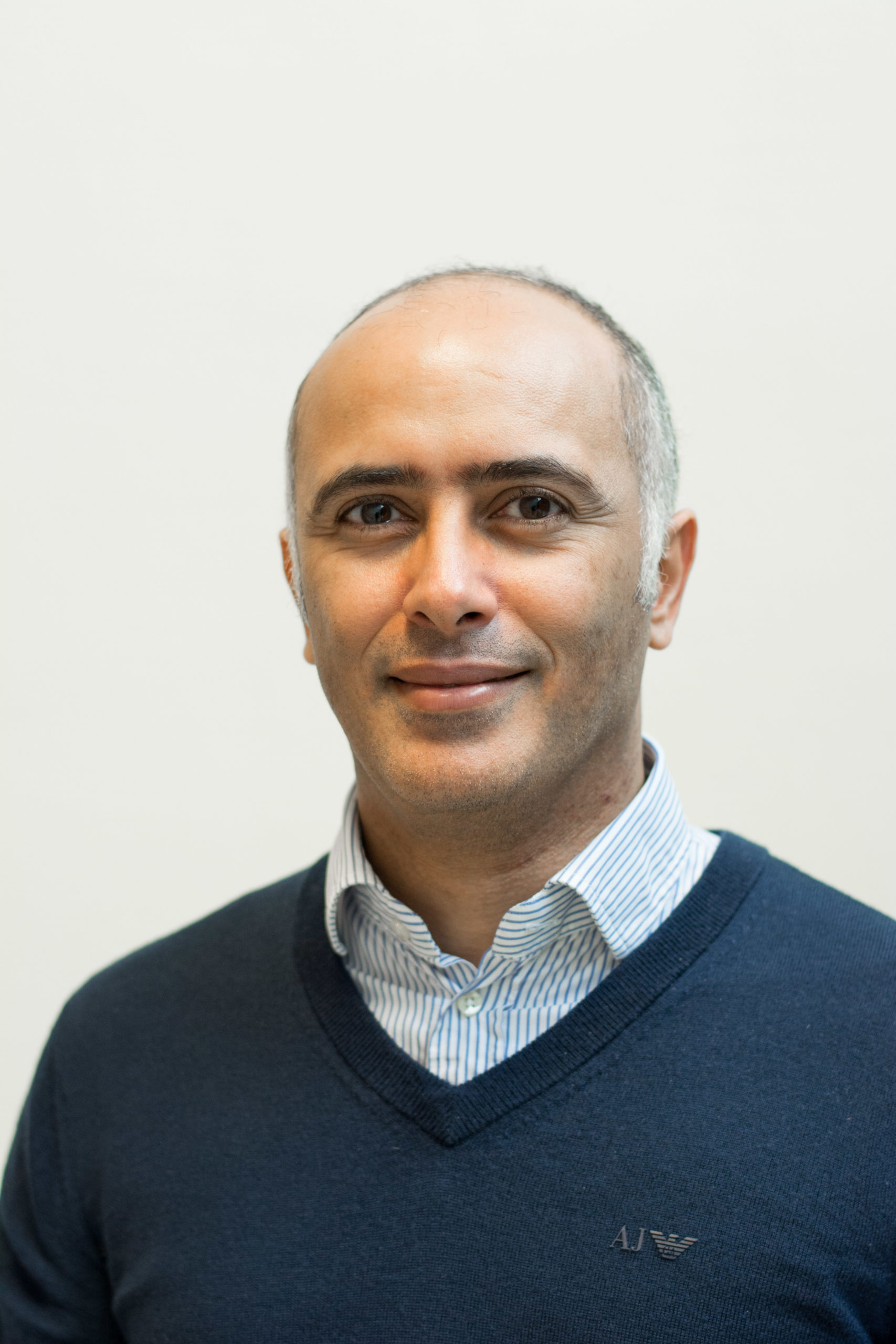In-person and remote : 3 questions to HAITHEM MARZOUKI, Director of Innovative Teaching at NEOMA Business School.
Published on 10/10/2022
Thematics :
In-person and remote : 3 questions to HAITHEM MARZOUKI, Director of Innovative Teaching at NEOMA Business School.
Published on 10/10/2022
Now the sudden shock of the lockdowns is over, higher education finds itself with some new tools and a fair number of questions to answer. How do we find the right balance between human contact and technology, professor and coach, team spirit and the personalisation of the pathways? Here are the responses of HAITHEM MARZOUKI, Director of Innovative Teaching at NEOMA Business School.
Have you found the right balance between in-person and remote (synchronous and asynchronous) learning?
We don’t set these teaching methods up against each other, both have proved they have a lot to offer our students. At NEOMA, we will always deliver a minimum of 60% of the courses in person. We believe that the proportion of online activity should evolve according to two principal parameters: the maturity of the student and the nature of the proposed activity. So a first-year student will have a maximum of 20% remote learning: they are not prepared for it and have not yet developed the ability to learn independently.
And what is even more important at that stage of the student’s life is that the School should be there to inspire them with a state of mind, ways of doing things, interesting encounters. However, the student must be able to master these tools, which will gradually come to play a greater role over the course of their studies. Eventually, they will feel just as much at ease with both in-person and remote learning… Just like in the business world.
That means you have to think about every session…
Yes, and not only for courses that continue over the year. For every activity we have to ask the question: will it be more appropriate and effective to do it online or in person? That entails going into the detail of each discipline, and first listening to the professor: what are his teaching objectives? Where does he hope to take the group? With what resources? Only then does the question arise of which are the right tools to achieve this. Generally speaking, we are moving towards a model where the students will need to ‘learn how to learn’.
The era of personalisation has really arrived. How are you tackling this evolution?
Asynchronous remote learning (content you can access online 24/24) enables adaptive learning to come into play, a trend that is taking education into the world of data driven pedagogy.
The idea is very simple. When a student is working on a platform that analyses their progress, the professor can monitor their development. He can identify both progress and problems and if necessary modify the content of the course.
Innovative teaching is not therefore a technological issue; it must be aimed at securing better success for the student, with or without the help of technology.

